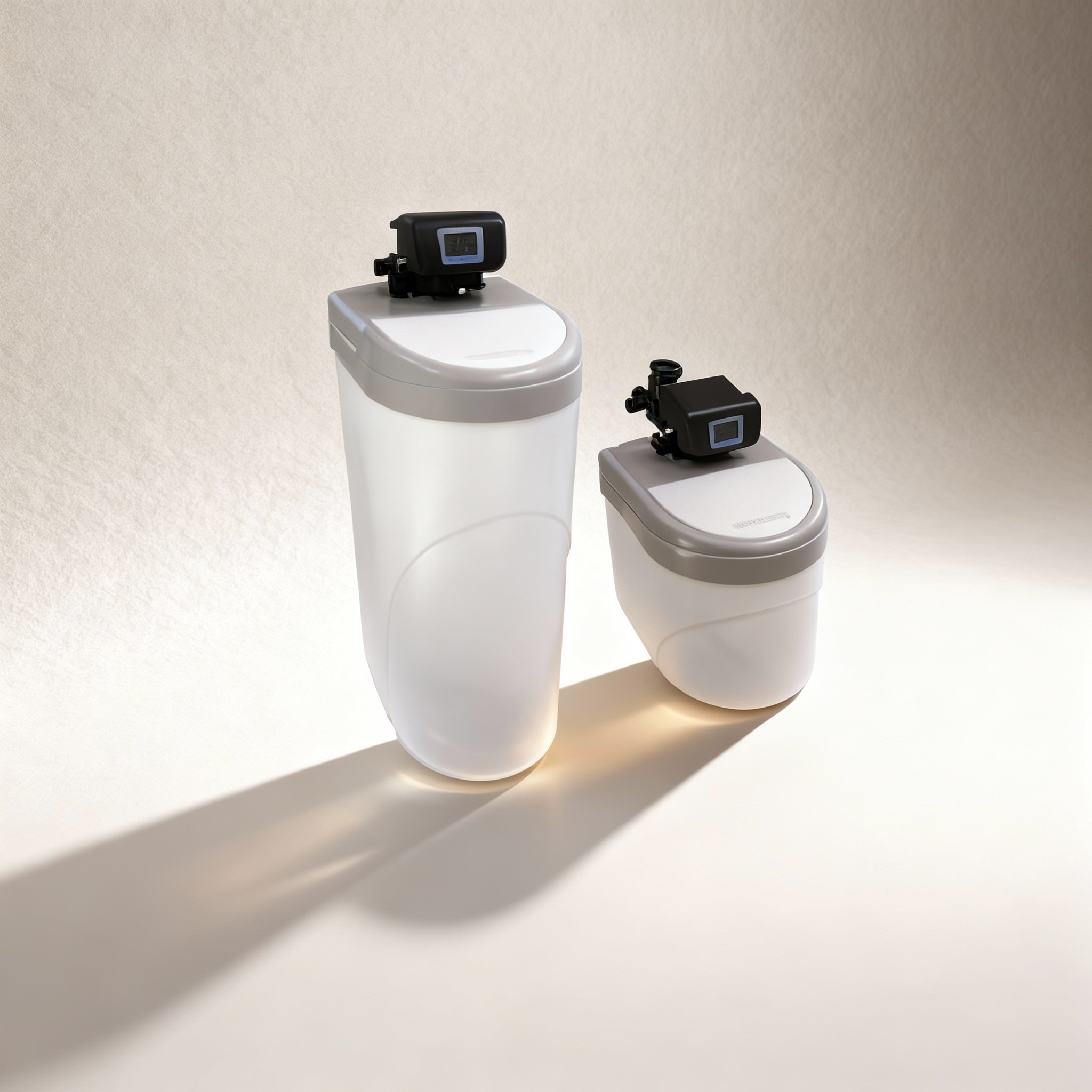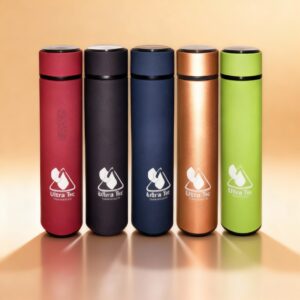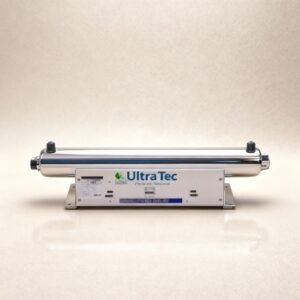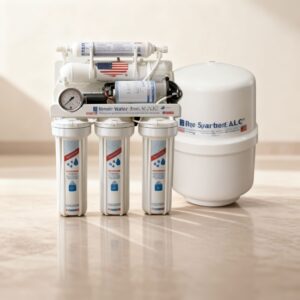Water softener
Water softeners are widely used water treatment devices that serve various purposes and can be found in different settings. High-quality water is essential in homes, hospitals, factories, schools, and many other locations. Water softeners come in diverse shapes, materials, and sizes, tailored to their specific applications. In a residential setting, a typical water softener is a cylinder approximately 5’1″ feet tall with a 1-foot diameter, accompanied by a brine tank. These devices are connected to the water supply, treating water for the entire building to remove minerals and prevent scale buildup. Understanding the function and operation of a water softener is crucial for maximizing its benefits in a home or any other environment.
What does water softener do?
A water softener is a device that removes the minerals calcium and magnesium from water, which are responsible for making water “hard.” Hard water can leave behind a white coating on surfaces, especially when heated, making it difficult to wash dishes and clothing effectively. Soft water, on the other hand, contains fewer dissolved minerals and does not leave behind such residues. Therefore, a water softener is beneficial for individuals living in areas with hard water to prevent mineral buildup and improve the effectiveness of cleaning tasks.
The white coating commonly referred to as scale can accumulate over time and often forms Components of Ultratec water softeners
The ULTRA TEC Whole House Water Softening System comprises the following components: Control Valve, Bypass Valve, Distributor Basket, Power Supply, Drain Elbow, Brine Tubing, Brine Tank Lid, Pressure Tank, BrinGYU9e Tubing, Brine Tank, and Brine Tank Valve.
The water softener system diagram illustrates how the ULTRATEC Whole House Water Softening System reduces water hardness throughout the home. This system ensures soft water is supplied to all areas of the household. Typically, water softener systems consist of three main components: the resin tank, the control valve head, and the brine tank. The control valve head is commonly situated on top of the resin tank, while the brine tank is positioned adjacent to the resin tank and connected by tubing. Some consumer softener systems feature self-contained brine and resin tanks for convenience, but these systems may be less durable and prone to maintenance issues. In such cases, if a problem arises, it may necessitate purchasing a new system rather than replacing individual parts due to their lower durability.
In a water softener system, water typically enters through the control valve head’s inlet and flows downward into the resin tank. As the water passes through the resin tank, it undergoes ion exchange with the resin beads, where calcium and magnesium minerals are exchanged for sodium, effectively softening the water. The softened water then flows up a tube in the center of the tank, passes through the control valve head, and exits the system through the outlet.
An essential function of the water softener is the regeneration cycle. Over time, the resin in the tank reaches its capacity limit as it removes hardness minerals from the water. When this limit is reached, the resin must regenerate to maintain the softener’s effectiveness. The regeneration cycle includes stages such as the brine draw stage, where brine from the brine tank is drawn into the softener to replenish the lost sodium during the softening process. It is crucial to keep the brine tank connected to the softener at all times for this purpose.
Fortunately, the regeneration cycle of a water softener is typically programmed to occur at night when water usage is lower, ensuring uninterrupted softening operation.
What Do I need to know when buying a water softener?
When purchasing a water softener, it is important to ensure that it meets your specific needs. Conduct thorough research on different products to find the one that is right for you. Here are some key considerations to keep in mind:
1. Determine the size of the water softener you need based on the number of people in your household. A 1 cubic foot softener is typically sufficient for households with one or two people, while a larger two cubic-foot softener is recommended for households with three or more inhabitants for better results.
2. Choose a location for the softener that has enough floor space to accommodate both the resin tank and the brine tank. Ensure that the location is within 6 feet of a standard 120V electrical outlet and relatively close to a drain, as the softener requires a drain line.
3. Refer to the softener’s manual to determine the maximum regeneration flow rate for your specific model of softener. This information will help you ensure that the softener operates effectively for your household’s needs.
Water softeners are generally considered low-maintenance, but there are factors to consider before purchasing one. It is important to ensure the brine tank remains filled with salt for ongoing maintenance. The amount of salt consumed by the water softener will vary based on its size and daily water usage. It is recommended to check and refill the brine tank weekly as needed. Cleaning the brine tank annually helps remove impurities and prevent substance buildup. The resin in the resin tank typically has a lifespan of 8 years and should be replaced after this time. Home water softeners may require the entire tank to be replaced after a certain period.
The most durable water softeners feature resin tanks made from fiberglass and user-programmable control valves made with metal. When purchasing a water softener, it is important to look for the NSF certification, which indicates that the softener has undergone rigorous testing to ensure it can effectively reduce water hardness below one grain per gallon. Only water softeners with NSF certification should be considered for your home. Water softeners are simple yet highly effective water treatment devices that can provide numerous benefits to homes with hard water. They can prevent scale buildup and protect your entire plumbing system. When buying a water softener, consider the system size, placement in your home, and salt requirements for maintenance. ULTRA TEC offers a range of residential water softeners for sale, featuring high-quality fiberglass tanks, metal control valve heads, and NSF certification.
Invest in the Ultratec Whole House Water Softening System for the benefits of soft water in your home.
WATER SOFTENERS
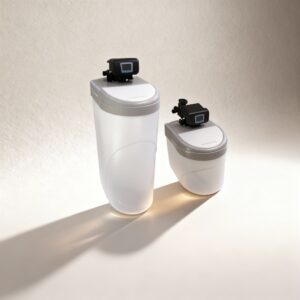
A water softeners are whole-house filtration system that removes hardness-causing calcium and magnesium minerals from your water through an ion exchange process.
Product Brand: Ultratec
Product Currency: aed
Price Valid Until: 2030
Product In-Stock: InStock
5
